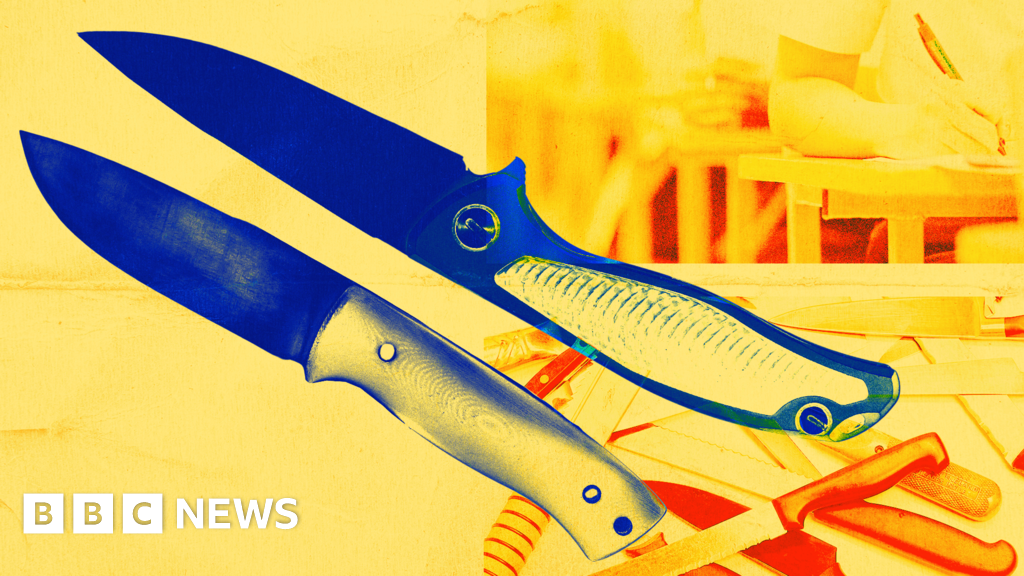Savers urged to check bank accounts or risk losing out on £300 cash boost
British savers are missing out on over £300 as they leave their savings to languish in low paying accounts. Major high street banks including HSBC, Lloyds, Santander, NatWest and Barclays are offering interest rates as low as 1.05 to 1.30 per cent, well below the current rate of inflation.These modest returns fall well below June’s inflation rate of 3.6 per cent, meaning savers are effectively losing value on their deposits. For millions keeping their money in traditional banks, the gap between interest and inflation marks a quiet but significant erosion of wealth.With growing speculation that the Bank of England may cut interest rates at its next meeting on 7 August, the opportunity to secure stronger returns could soon diminish. Savers who delay reviewing their options risk being left with even lower rates in the weeks ahead.The financial impact becomes starkly apparent when examining specific figures. A saver with £10,000 deposited in a typical high street easy access account could be forfeiting £300 annually compared to those who choose top-tier one-year fixed-rate products offering 4.50 per cent.Adam French, Head of News at Moneyfactscompare.co.uk, said: "Many savers risk missing out on hundreds of pounds if they leave their money languishing in an easy access account with one of the nation's big-name high street banks."He added: "Simply switching a £10,000 savings pot away from a high street bank's easy access account to a market-leading one-year fix can leave you £300 better off in 12 months' time. Not a bad return for a few minutes' work if you aren't going to need access to the money sooner."The erosion of savings value is not just an individual issue but reflects a wider problem across the banking sector. Average easy access accounts now pay just 2.68 per cent, according to Moneyfacts, with tax-free ISAs offering only slightly more at 2.92 per cent.Both rates fall well below the current inflation figure of 3.6 per cent, meaning savers are losing money in real terms. Even the average return across all savings products is just 3.51 per cent. That still fails to match rising prices and leaves cautious savers worse off despite doing the right thing.Alice Haine, personal finance analyst at Bestinvest, warned: "Savings rates have eased back dramatically following four rate reductions from the Bank of England since last summer, so the latest uptick in inflation is another blow for real returns."Urgency is building as the Bank of England prepares for a possible interest rate cut next week, a move that could push savings returns even lower.Despite the challenging outlook, there are still opportunities for savers who act now. There are around 1,289 savings products are offering rates above inflation, providing real protection against rising prices.These include 636 fixed-rate bonds and 119 easy access accounts, all paying more than the current 3.6 per cent inflation rate.Dan Coatsworth, investment analyst at AJ Bell, noted: "If the return of higher inflation becomes a trend, then the Bank might find it hard to keep lowering rates at a decent clip."However, with potential rate cuts imminent, these attractive offers may vanish within days. Savers must act swiftly to secure their financial future before the market shifts downward.

British savers are missing out on over £300 as they leave their savings to languish in low paying accounts.
Major high street banks including HSBC, Lloyds, Santander, NatWest and Barclays are offering interest rates as low as 1.05 to 1.30 per cent, well below the current rate of inflation.
These modest returns fall well below June’s inflation rate of 3.6 per cent, meaning savers are effectively losing value on their deposits.
For millions keeping their money in traditional banks, the gap between interest and inflation marks a quiet but significant erosion of wealth.
With growing speculation that the Bank of England may cut interest rates at its next meeting on 7 August, the opportunity to secure stronger returns could soon diminish. Savers who delay reviewing their options risk being left with even lower rates in the weeks ahead.
The financial impact becomes starkly apparent when examining specific figures.
A saver with £10,000 deposited in a typical high street easy access account could be forfeiting £300 annually compared to those who choose top-tier one-year fixed-rate products offering 4.50 per cent.
Adam French, Head of News at Moneyfactscompare.co.uk, said: "Many savers risk missing out on hundreds of pounds if they leave their money languishing in an easy access account with one of the nation's big-name high street banks."
He added: "Simply switching a £10,000 savings pot away from a high street bank's easy access account to a market-leading one-year fix can leave you £300 better off in 12 months' time. Not a bad return for a few minutes' work if you aren't going to need access to the money sooner."

The erosion of savings value is not just an individual issue but reflects a wider problem across the banking sector. Average easy access accounts now pay just 2.68 per cent, according to Moneyfacts, with tax-free ISAs offering only slightly more at 2.92 per cent.
Both rates fall well below the current inflation figure of 3.6 per cent, meaning savers are losing money in real terms. Even the average return across all savings products is just 3.51 per cent.
That still fails to match rising prices and leaves cautious savers worse off despite doing the right thing.
Alice Haine, personal finance analyst at Bestinvest, warned: "Savings rates have eased back dramatically following four rate reductions from the Bank of England since last summer, so the latest uptick in inflation is another blow for real returns."

Urgency is building as the Bank of England prepares for a possible interest rate cut next week, a move that could push savings returns even lower.
Despite the challenging outlook, there are still opportunities for savers who act now.
There are around 1,289 savings products are offering rates above inflation, providing real protection against rising prices.

These include 636 fixed-rate bonds and 119 easy access accounts, all paying more than the current 3.6 per cent inflation rate.
Dan Coatsworth, investment analyst at AJ Bell, noted: "If the return of higher inflation becomes a trend, then the Bank might find it hard to keep lowering rates at a decent clip."
However, with potential rate cuts imminent, these attractive offers may vanish within days. Savers must act swiftly to secure their financial future before the market shifts downward.







































